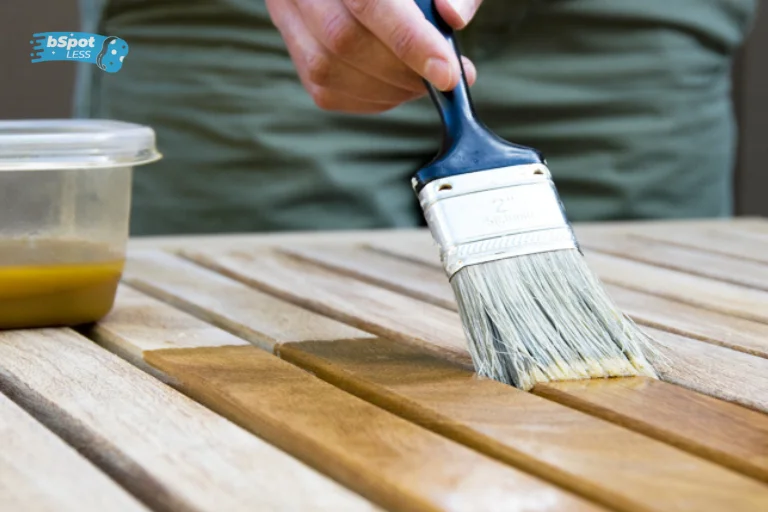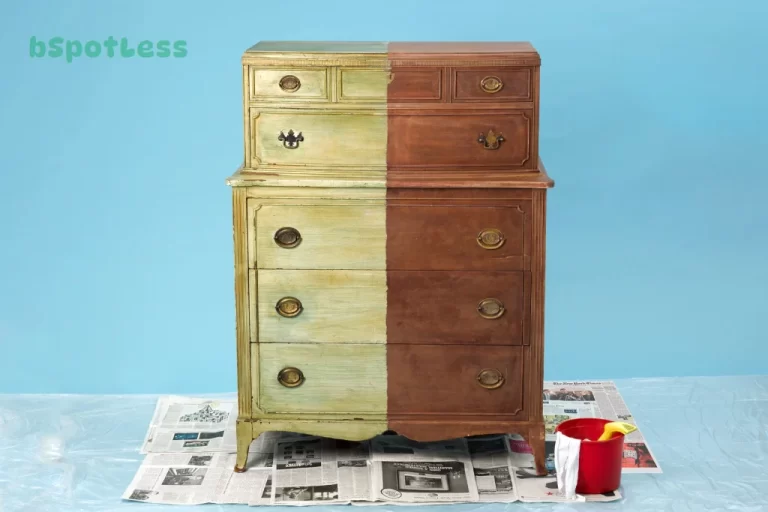Are you worried about lead paint on your wood furniture? If so, you’re not alone. Lead paint is a very common problem and can be dangerous if it is not removed properly. Fortunately, there are steps you can take to safely remove lead paint from your furniture. In this blog post, we’ll explore the best ways to remove lead paint from wood furniture.
Assess the Paint
Before you get started, it’s important to assess whether the paint on your wood furniture contains lead. Lead is a toxin, and it can be dangerous to your health if ingested, especially for small children. To test for lead in the paint, use a DIY lead test kit. If the test comes back positive, then you’ll need to take special precautions when removing the paint.
Prepare the Area
Once you have determined that the paint on your wood furniture contains lead, it’s important to prepare the area for the lead paint removal process. Start by laying down a drop cloth to protect the floor and surrounding surfaces from paint debris. Next, use painter’s tape and plastic sheeting to shield walls and other nearby furniture. Finally, use a lead-safe respirator, gloves, and eye protection to ensure your safety and the safety of any children or pets in the area.
Remove Loose Paint
Before you can begin to deal with the lead paint, it’s important to remove any loose paint from the surface. This helps to prevent any lead dust or paint chips from becoming a health hazard. To do this, you may need to wet scrape the wood and siding or use a power sander if attached to a vacuum system. If the removed paint is still intact, keep it in a sealed container for disposal.
Choose a Safe Paint Remover
Once you have assessed the paint and prepared the area, it is time to choose a safe paint remover to use. You want to be sure that the product you select is specifically designed for use with lead-based paints. There are several products on the market that are specially formulated to safely and effectively remove lead paint. These products often come in the form of a liquid, paste or semi-paste, and can be found at most home improvement stores. Be sure to read any instructions and warnings before using a paint remover.
Apply the Paint Remover

Now that you have chosen a safe paint remover, it is time to apply it to the surface of your wood furniture. Be sure to wear safety glasses and protective gloves while doing this. Make sure that you apply the paint remover according to the instructions on the product label. Once you have applied the paint remover, leave it on for the amount of time indicated in the instructions. This will allow the paint remover to break down the lead-based paint and make it easier to scrape off.
Scrape Away the Paint
Now that you have removed the lead paint with a safe paint remover, you’ll need to scrape away the paint that remains. Wet scraping is the best way to remove paint without damaging the wood beneath. You can use a brush, steel wool, or a scraper to scrape away the paint. Make sure to wear protective gear and keep the area well ventilated during this process. When you’ve finished scraping, you can move on to cleaning away any residue.
Clean Away Residue
Once the paint remover has been applied and the paint has been scraped away, you should clean away any residue left behind. Typically, a mixture of lead-cleaner, detergent, and a scrub brush will be enough to do this. It is recommended that you wet-scrape the wood and siding as well. This will help to avoid raising dust. You can also mist and sand the surface using wet-dry sandpaper or a wet sanding sponge. If you want to use a power sander, make sure it is attached to a vacuum cleaner so any particles are removed.
Sand and Refinish the Wood
Now that the paint has been removed, it’s time to sand and refinish the wood. For this step, you’ll need a power sander, safety goggles, a respirator mask, and sandpaper. Begin by wet-sanding the wood with a wet-dry sandpaper or a wet sanding sponge. Then use the power sander to smooth out any remaining bumps. Once you’ve finished sanding, use a vacuum or damp cloth to remove any excess dust. Finally, apply a sealant to protect the wood and give it a professional look. With these steps, lead paint removal from wood furniture can be done safely and quickly.
Vacuum or Wipe Away Dust
Once the lead paint has been removed, it is essential to vacuum or wipe away any dust and debris generated by the process. Vacuuming is the most efficient way of removing the dust, but a damp cloth or rag can also be used to wipe down the area. Ensure that all dust and debris is completely removed, as even small amounts can be dangerous for children and pets. Once the area is completely clean, it can be sealed and refinished according to preference.
Seal the Wood
Once you’ve finished sanding the wood, it’s important to seal it to protect it from future damage and contamination. For lead-based paint, choose a water-based sealer or paint. This will help to effectively lock in any residual lead particles, preventing them from becoming airborne. You may also want to consider using a special sealant designed to create an impermeable barrier between the wood and the lead-based paint. This will help to ensure that the paint will not leach into the wood and contaminate it in the future. With the proper precautions and sealants, you can ensure that your wood furniture is safe for all who come in contact with it.

